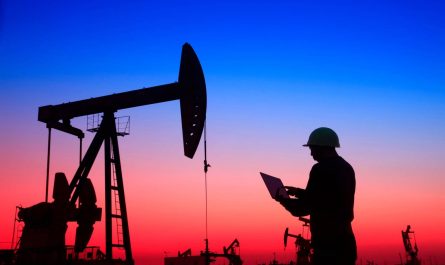The Basics of Liquefied Natural Gas
What is LNG?
Liquefied natural gas, or LNG, refers to natural gas that has been cooled down to liquid form for ease and safety of non-pressurized transportation. Natural gas is primarily composed of methane, with some mixture of ethane, propane and other hydrocarbons. At standard temperature and pressure, natural gas exists as a gas. However, at approximately -260 degrees Fahrenheit (-162 degree Celsius), it is condensed into a liquid, reducing its volume by about 600 times and allowing for economic transportation by ocean tankers.
The Liquefaction Process
To produce LNG, natural gas is first purified to remove any water, oil, dust and other contaminants that may be present. It is then cooled to close to its boiling point using a heat exchanger. At this stage, the gas is chilled but still remains as a vapor. It is further cooled and condensed into a liquid using either cascade refrigeration or mixtures of hydrocarbons in an open-loop process. This liquefaction process significantly reduces the volume, making it viable for storage and seaborne shipment. Typically, an LNG plant located on the gas source incorporates gas production, processing and liquefaction facilities.
Storage and Transportation
LNG is stored and transported at close to its boiling point in specially designed cryogenic tanks at atmospheric pressure. LNG carriers are ice-strengthened tankers equipped with sophisticated containment systems that can maintain temperatures as low as -162°C. Due to its lower density than water, LNG floats very well and accidental spills do not cause harm. At receiving terminals, LNG is regasified by warming it and returning it to its gaseous state before entering pipelines for distribution. Land-based transportation over long distances by pipelines is also possible. Countries with limited indigenous gas resources rely on imported LNG.
The Applications of LNG
Power Generation – As a cleaner alternative to coal and oil, LNG is increasingly being used in gas-fired power plants globally. Gas turbines powered by LNG can rapidly adjust power output to complement intermittent renewable sources.
Transportation – LNG is a promising transportation fuel for long-haul heavy vehicles like trucks and ships. It emits significantly lower emissions than conventional fuels and provides greater driving range compared to other alternatives. Some harbors, mining sites and cities are also using LNG-powered vehicles and equipment.
Industrial & Residential – LNG can displace more polluting fuels used in industries like steel, cement, mining etc. It is also used for cooking and heating in homes not connected to gas pipelines. Countries are promoting LNG for off-grid and remote applications seeking affordable and reliable energy.
As a Feedstock – LNG serves as valuable feedstock in the production of various petrochemicals, fertilizers and other goods. The availability of affordable natural gas can boost domestic manufacturing of numerous products. It helps reduce dependency on imported feedstocks.
Benefits of LNG
Environmentally Friendly – Natural gas power generation and other uses produce far fewer emissions than coal and many other fossil fuels per unit of energy produced. LNG greatly lowers local air pollution and greenhouse gas emissions in switching applications.
Economic Advantages – International trade in LNG has benefits for both exporting and importing nations. It allows monetization of remote natural gas resources and diversification of energy sources for dependent countries facing energy security issues.
Energy Security – LNG enables reliable supply of gas to locations without indigenous production or pipeline connectivity. For many fast-developing countries, access to flexible LNG can help meet rising long-term energy demand sustainably.
Affordable Energy – With abundant global natural gas resources and increasing LNG infrastructure and trade, gas prices tend to be relatively stable and predictable compared to oil. Affordable LNG can aid economic growth and development goals of nations.
In summary, LNG presents opportunities to simultaneously address challenges of environmental protection, energy security and affordability worldwide through innovative technologies and cross-border partnerships. As the cleanest fossil fuel, natural gas and LNG will likely remain a pivotal transition fuel supporting integration of renewable energy into mainstream power systems globally. Continued growth of the LNG market depends on reducing costs, expanding infrastructure and liberalizing trade to fully unlock its socio-economic value.



